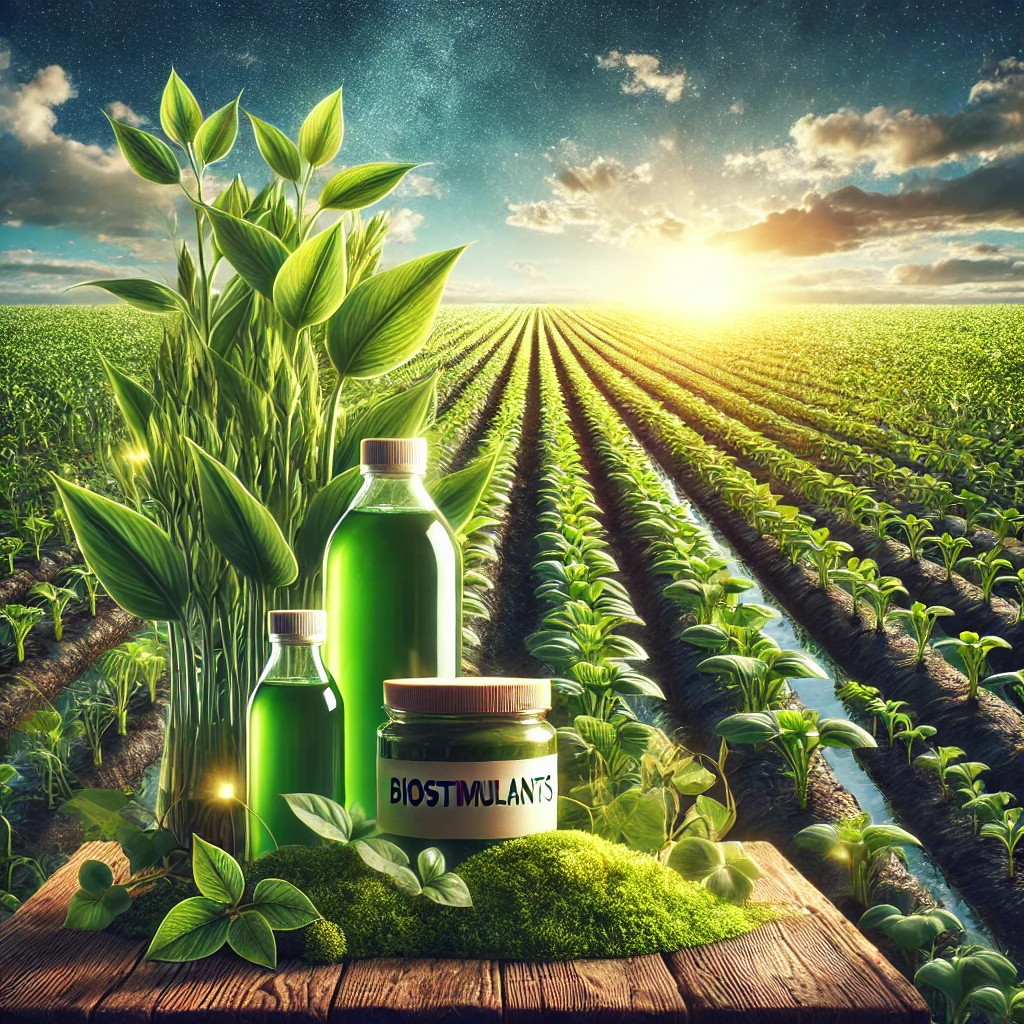The biostimulants market size is valued at USD 4.3 billion in 2024 and is expected to grow to USD 7.6 billion by 2029, registering a CAGR of 12.0% during the forecast period. Several key factors are driving this growth. The increasing emphasis on sustainable agricultural practices is a major contributor, as awareness of the environmental impact of conventional farming continues to rise. Biostimulants offer a promising solution for enhancing crop productivity while minimizing reliance on synthetic chemicals. Additionally, stringent government regulations aimed at reducing chemical use, promoting organic farming, and ensuring food safety are accelerating market expansion. Financial incentives and subsidies further encourage biostimulant adoption among farmers.
Farmers’ continuous efforts to improve crop yield, quality, and resilience against environmental stressors such as drought, pests, and diseases are also fueling demand. Biostimulants play a crucial role in enhancing nutrient absorption, stress tolerance, and overall plant health. Moreover, advancements in biotechnology and a deeper understanding of plant-microbe interactions are leading to the development of more effective biostimulant products. The discovery of novel microbial strains and customized formulations tailored to specific crops and environmental conditions further strengthens market growth.
Latest Trends in the Biostimulants Market
The biostimulants market is experiencing rapid growth, driven by evolving agricultural practices, sustainability initiatives, and technological advancements. Here are some of the key trends shaping the industry:
- Increasing Demand for Sustainable Agriculture: With growing concerns over environmental sustainability, farmers are shifting towards biostimulants to enhance crop productivity while reducing reliance on synthetic fertilizers and pesticides. Governments worldwide are also promoting organic farming, further fueling market demand.
- Technological Innovations in Biostimulants: New formulations, including microbially derived biostimulants, enzyme-based products, and nano-biostimulants, are gaining traction. These innovations improve nutrient absorption, stress tolerance, and soil health.
- Rising Popularity of Seaweed-Based Biostimulants: Seaweed extracts are becoming a preferred choice due to their rich composition of bioactive compounds that enhance plant growth, increase resistance to abiotic stress, and improve soil microbiota.
- Expansion of Biostimulants in Precision Agriculture: The integration of biostimulants with precision farming technologies such as drone-based applications and AI-driven soil analysis is optimizing product efficiency and improving farm productivity.
- Stricter Regulations and Standardization: As the market expands, governments and regulatory bodies are implementing stricter quality standards for biostimulants to ensure efficacy and safety. This is leading to increased research and development investments by key players.
Biostimulants Market Drivers: Rise in demand for sustainable agricultural practices
The adoption of biostimulants is expected to rise as awareness of organic food benefits grows, alongside the implementation of organic regulations and GLOBALGAP policies. Government subsidies and financial support for organic farming have increased, particularly for fruits, vegetables, and cereals, encouraging the adoption of sustainable agricultural practices.
Key organizations driving research and regulatory support include the Research Institute of Organic Agriculture (FiBL) in Switzerland and the US Department of Agriculture (USDA). In Europe, the Farm to Fork (F2F) strategy—launched on May 20, 2020, as part of the European Green Deal—aims to transition the food system toward sustainability, resource efficiency, and resilience, ultimately contributing to the EU’s goal of climate neutrality by 2050.
Microbial inoculants play a crucial role in sustainable farming by improving nutrient availability, uptake, and assimilation from the soil. Biostimulants enhance nutrient-use efficiency by optimizing root system architecture and increasing the solubilization of macro- and micronutrient fertilizers. This not only boosts crop growth but also supports environmental conservation and long-term agricultural sustainability.
- BASF SE (Germany)
- Syngenta Crop Protection AG (Switzerland)
- UPL (India)
- FMC Corporation (US)
- Sumitomo Chemical Co., Ltd. (Japan)
- Corteva. (US)
- Nufarm (UK)
- Coromandel International Limited (India)
- Gowan Company (US)
- Koppert (The Netherlands)

